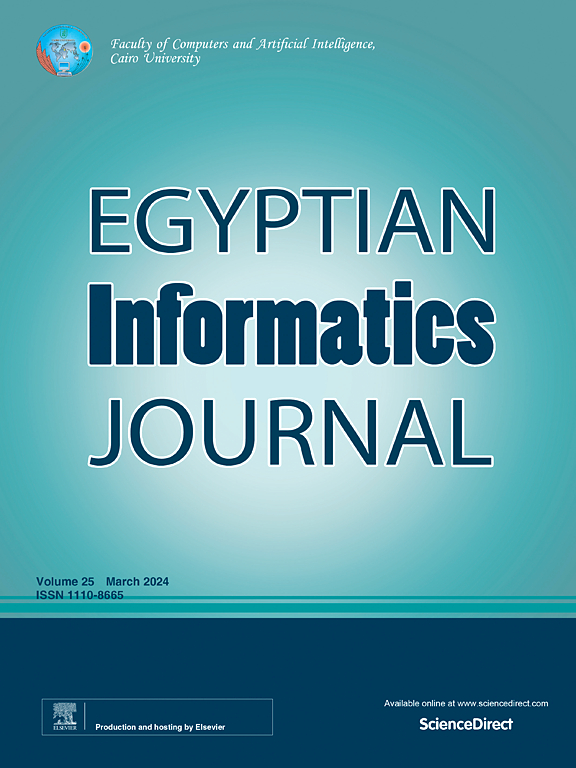ADAMAEX—Alzheimer’s disease classification via attention-enhanced autoencoders and XAI
IF 4.3
3区 计算机科学
Q1 COMPUTER SCIENCE, ARTIFICIAL INTELLIGENCE
引用次数: 0
Abstract
To bring a new contribution in the area of classification of Alzheimer’s Disease (AD) we introduce a deep learning model, ADAMAEX, which is based on a convolutional autoencoder with four convolutions in the encoder part and a Squeeze and Excitation block for channel attention applied after each convolution. Additionally, we utilised fully connected layers (dense layers) for AD image classification. To conduct our study, we specifically chose axial brain scans acquired through sMRI in T2-weighted mode from the ADNI database, which were augmented using colour jitter, rotations, and flipping techniques. Before feeding the images to the model, we applied pre-processing steps such as re-sampling, normalisation, Contrast-Limited Adaptive Histogram Equalisation (CLAHE), and sharpening using the Unsharp Mask technique. For visualisation, we integrated Grad-CAM, an Explainable AI (XAI) technique, to highlight the brain regions responsible for the model’s classification decisions, a method underutilised by other authors in the context of AD classification. This model achieved an impressive accuracy of 96.2% and shows great promise for adoption in the medical sector, providing valuable assistance to doctors in validating their predictions based on brain scans.
adamaex -通过注意增强自动编码器和XAI对阿尔茨海默病进行分类
为了在阿尔茨海默病(AD)分类领域做出新的贡献,我们引入了一种深度学习模型ADAMAEX,该模型基于卷积自编码器,编码器部分有四个卷积,每个卷积后应用一个压缩和激励块用于通道注意力。此外,我们利用全连接层(密集层)进行AD图像分类。为了进行我们的研究,我们特别选择了ADNI数据库中通过sMRI在t2加权模式下获得的轴向脑扫描,并使用颜色抖动、旋转和翻转技术对其进行增强。在将图像输入模型之前,我们应用了预处理步骤,如重新采样、归一化、对比度有限的自适应直方图均衡化(CLAHE)和使用Unsharp Mask技术进行锐化。为了可视化,我们集成了Grad-CAM,一种可解释的人工智能(XAI)技术,以突出负责模型分类决策的大脑区域,这是一种在AD分类背景下未被其他作者充分利用的方法。该模型达到了令人印象深刻的96.2%的准确率,在医疗领域显示出巨大的应用前景,为医生验证他们基于脑部扫描的预测提供了宝贵的帮助。
本文章由计算机程序翻译,如有差异,请以英文原文为准。
求助全文
约1分钟内获得全文
求助全文
来源期刊

Egyptian Informatics Journal
Decision Sciences-Management Science and Operations Research
CiteScore
11.10
自引率
1.90%
发文量
59
审稿时长
110 days
期刊介绍:
The Egyptian Informatics Journal is published by the Faculty of Computers and Artificial Intelligence, Cairo University. This Journal provides a forum for the state-of-the-art research and development in the fields of computing, including computer sciences, information technologies, information systems, operations research and decision support. Innovative and not-previously-published work in subjects covered by the Journal is encouraged to be submitted, whether from academic, research or commercial sources.
 求助内容:
求助内容: 应助结果提醒方式:
应助结果提醒方式:


